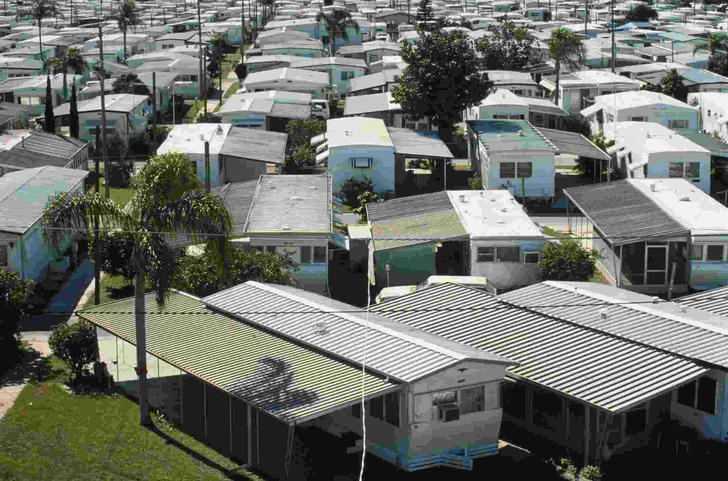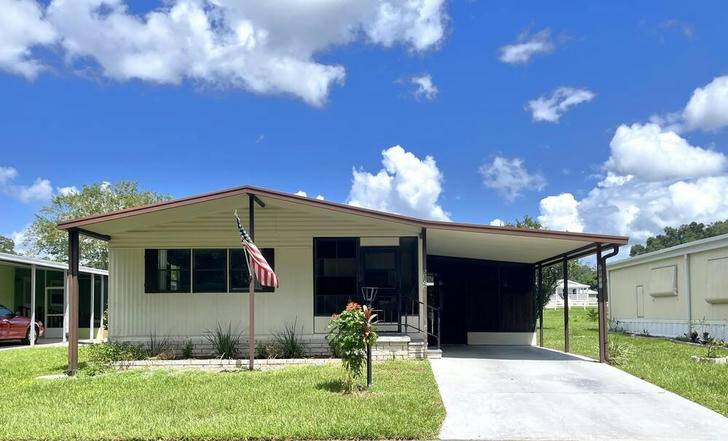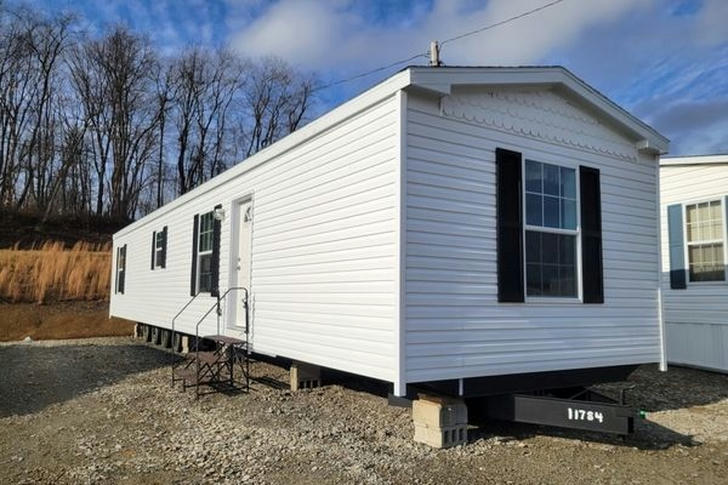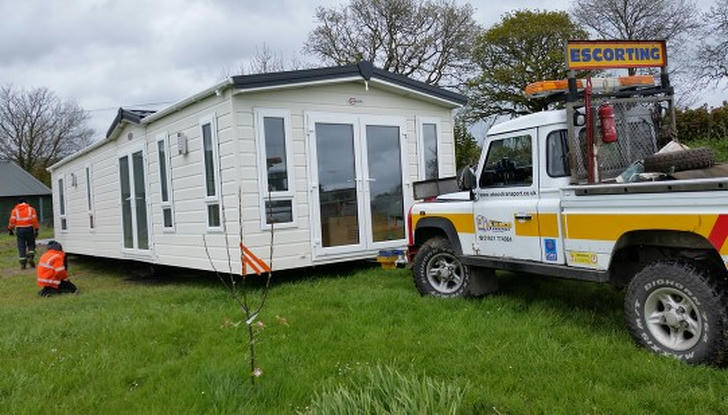Mobile Homes: A Dual Solution for Natural Disasters and Homelessness in the U.S
In recent years, the U.S. has experienced more frequent natural disasters, such as hurricanes and wildfires, displacing thousands of people in need of shelter. At the same time, homelessness is becoming an increasingly urgent issue, with many struggling to find stable and affordable housing. In this context, mobile homes have emerged as a popular solution due to their flexibility and lower living costs.
But did you know there are legal ways to get a mobile home for free? While it may sound too good to be true, you can actually obtain a free mobile home through government programs, charitable organizations, or individuals looking to sell their old homes. In this article, we’ll explore these options in detail and provide clear, simple steps to help you understand how to get a free mobile home.

1. Introduction to Mobile Homes
Mobile homes are factory-built homes transported to a site for installation, unlike traditional homes built on-site. They come in various sizes, from single-wide to larger double- or triple-wide units. Built to meet U.S. HUD standards, mobile homes are designed for safety, durability, and quality, with regulations covering structural integrity, plumbing, electrical systems, and insulation.
2. Why Choose Mobile Homes?
• Affordability: Mobile homes are typically cheaper than traditional homes, making them ideal for first-time buyers, retirees, and those seeking affordable housing.
• Flexibility and Mobility: Mobile homes can be relocated, offering mobility for those needing to move for work, family, or personal reasons, and are useful in areas prone to natural disasters.
• Quick Construction: Prefabricated in factories, mobile homes are built faster than site-built homes, allowing for quicker move-in.
• Energy Efficiency: Modern mobile homes come with energy-saving features like double-glazed windows and efficient heating/cooling systems, helping to lower utility costs.

While mobile homes are more affordable, they often depreciate in value, have limited financing options, and offer less space and customization compared to traditional homes.
3. How to Get a Cost-Effective Mobile Home
a) Research and Compare Prices
To get the best deal on a mobile home, it's essential to shop around. Prices for mobile homes can vary widely depending on the manufacturer, size, age, and location. Websites like MH Village and Mobile Home Park Store are excellent resources for researching available options, comparing prices, and reading reviews about different manufacturers and models.
b) Buy a Pre-Owned Home
Purchasing a used mobile home is often a more affordable option. Many pre-owned mobile homes are still in great condition and can offer substantial savings compared to new homes. Websites like Craigslist, eBay, and Zillow often feature listings for used mobile homes, while mobile home dealers sometimes sell older models at discounted prices.
c) Look for Government Assistance Programs
There are several government programs designed to assist people in purchasing affordable homes, including mobile homes. The U.S. Department of Housing and Urban Development (HUD) offers a variety of programs, including the Section 184 Indian Home Loan Guarantee Program, which helps Native Americans purchase homes, including manufactured housing. Additionally, many states have local programs that provide assistance with down payments or offer lower interest rates for qualifying buyers.

d) Consider the Total Cost of Ownership
When buying a mobile home, it's important to factor in more than just the upfront cost. Maintenance, utility bills, land rental (if you don't own the land), and insurance can add to the overall cost of ownership. Make sure you understand the total cost of living in a mobile home before making a purchase.
4. How to Get a Free Mobile Home (Recent Wildfires and Disaster Relief)
In some cases, mobile homes are provided free of charge through disaster relief efforts. For example, following the catastrophic wildfires in the United States, such as those in California and Oregon, federal and state agencies have sometimes provided mobile homes or temporary housing units to displaced individuals and families. These homes are typically part of emergency response programs designed to offer temporary shelter to those who have lost their homes in disasters.
Organizations like the Federal Emergency Management Agency (FEMA) have been involved in providing temporary mobile homes to disaster victims. After a wildfire, FEMA may distribute mobile homes to individuals who qualify for assistance, allowing them to have a temporary place to live while they rebuild their homes or await permanent housing solutions.
In addition to FEMA, local governments and nonprofit organizations may offer similar programs for those affected by disasters. These programs can provide free or low-cost mobile homes to people in need, helping them get back on their feet in the aftermath of devastating events.

5. Conclusion
Mobile homes can be an excellent housing solution for those looking for affordable, flexible, and efficient living arrangements. While there are advantages, such as lower cost, mobility, and faster construction, there are also disadvantages, including depreciation and limited space. For those seeking a cost-effective mobile home, researching prices, considering used models, and exploring government assistance programs are key steps. Additionally, in times of disaster, such as the recent wildfires, displaced individuals may be able to access free or low-cost mobile homes through disaster relief programs.
